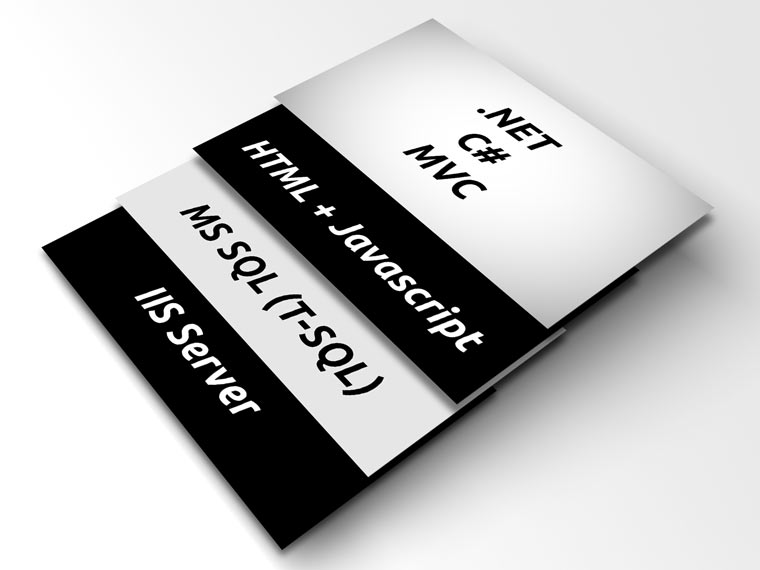When software boosts productivity
Think of high-end furniture: kitchens made of smooth, flawless quartz and steel panels that almost look like works of art. But even the fanciest manufacturers have a factory behind them where things aren’t as shiny and organized.
It was more complex than it seemed to identify the designs brought a bigger net profit. New stocks were ordered just when materials looked low, after a visual inspection of the stored, stacked piles.
There was a clear opportunity to improve this workflow. And so, I was in charge to plan the architecture, design the interface, and code a whole online inventory system. Real-time control of stocks and advanced cost calculations would then be a reality.

Programming the online stock management system
Different user roles with different permissions had to be defined: from the administrators that configured the system, to the salesmen who would sell the products, including the factory personnel who would make inventory checks, the finances personnel that would order more materials, or even to the designers who would define new models of furniture (together with the components they required.)
The system had been built to grow, and with scale considerations in mind. Products under construction would be temporarily stored, as the designers would define the pieces that formed part of them, using an intuitive interface with drop down selectors and search fields.
Material stock, product design, and order listing were combined to track inventory and remaining stock, as well as other details such as price and profit.

From a technical standpoint, the system was built on a Microsoft IIS server, using C# .NET, based on a MVC structure, connecting to a MS SQL Server, performing database queries using T-SQL, and presenting a web-based extranet front-end that worked on HTML with CSS, plus Javascript.
Expanding the basic system with scheduling functions
Other functions were included as part of this online inventory system. The sales team would be able to define new products and calculate profit on each sale, according to the cost of the involved materials. But they also would be able to access the platform as an online extranet that they could browse anywhere, to schedule their meetings.
These online scheduling functions allowed them to coordinate their actions with the furniture and kitchen fitters to synchronize deliveries and time projects. From managing parts and pieces, the system evolved into full resource management, including human resources, and even time management.

An intuitive interface, with online calendars, that showed relevant information to each one of the roles, completed this scheduling part of the system.
The base for a workflow improvement had been defined, and it was pretty impressive to look at how many advanced functions I had been coded at the end of the project.

